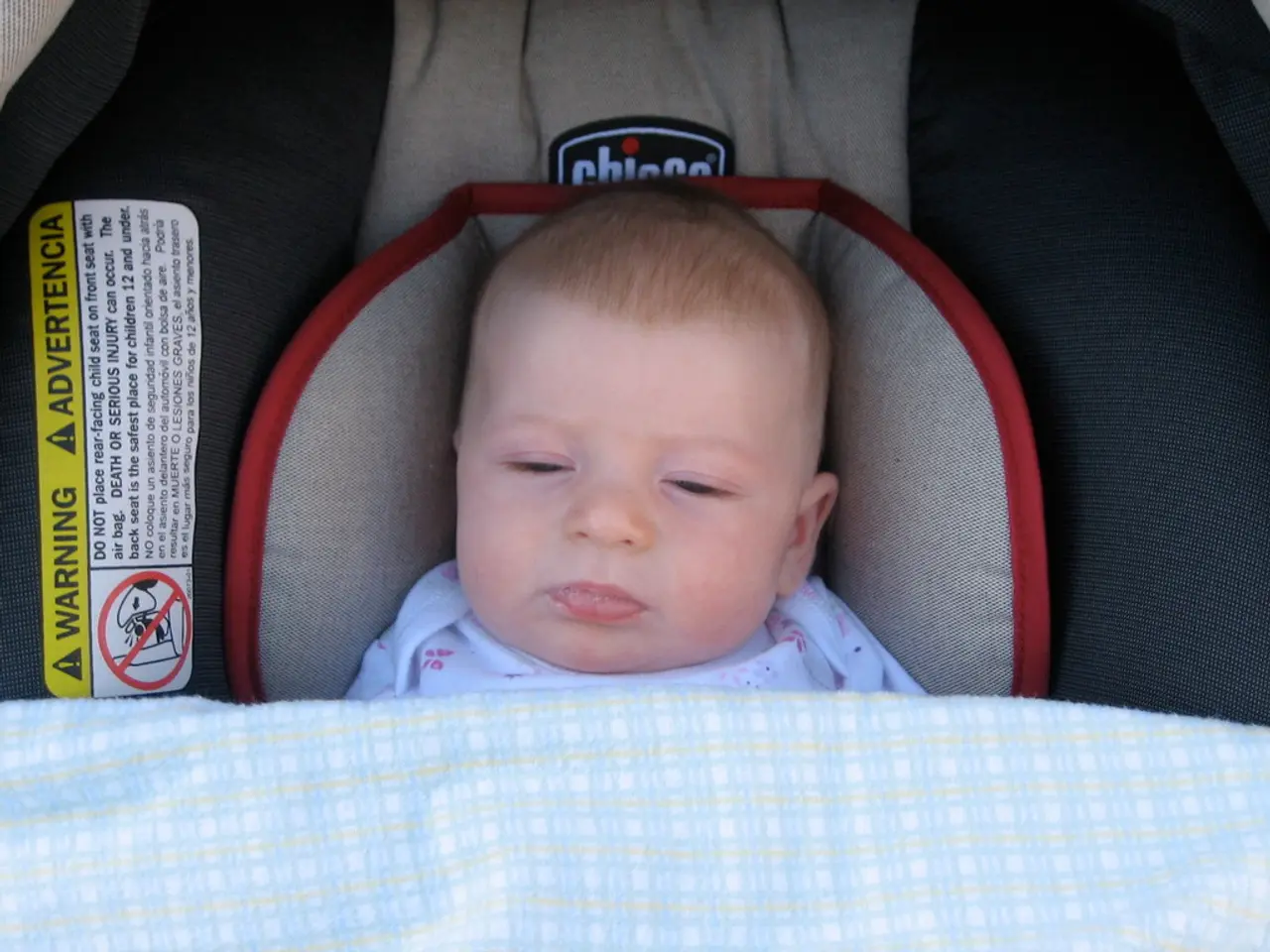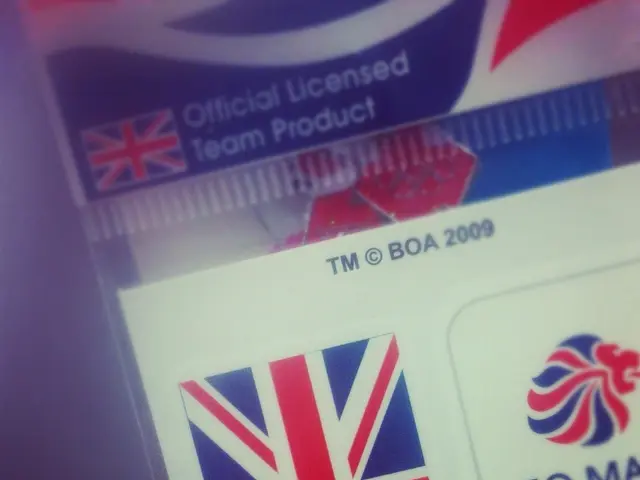Airborne Infant Incident: Mother Believes Child Ejected from Aircraft; Federal Aviation Administration Continues Lap Seat Policy
In the wake of a harrowing incident, where a door plug popped off an Alaska Airlines flight, sending panic among passengers, safety regulations are once again under the microscope. The mother of one passenger endured a terrifying ordeal, believing she had lost her baby through the gaping hole in the plane's side.
Safety experts argue that tragedies like this could be prevented if parents were obligated to secure infants during flights in car seats, as they must do in vehicles. However, despite years of advocacy, no such rule exists.
Testimonials from the National Transportation Safety Board hearing, coupled with transcripts of interviews with flight attendants, reveal the chaos that unfolded aboard the doomed flight. Passengers' clothing was torn off, and mobile devices were shattered by the powerful rush of air that accompanied the rapid decompression. The flight crew was unsure whether they had lost any passengers until the plane had landed safely.
The incident raised particular concerns for the three infants on board who weren't secured in car seats. One panicked mother believed she had lost her son during the incident, saying, "I think my son went out the window." Although the child was ultimately found safe, this incident highlights the risks that infants face during flights, even in the absence of catastrophic incidents.
The National Transportation Safety Board recommends that the Federal Aviation Administration (FAA) require passengers under the age of two to have their own seats to improve safety. However, the FAA, which holds the authority to establish regulations, has yet to implement such a rule, citing concerns that parents might opt to drive instead of fly with their infants if faced with an additional seat purchase.
Even without a mandate, the FAA advises that airlines "encourage" the use of approved child/infant seats for safety reasons. Safety advocates, however, argue that the FAA prioritizes airline profits over safety by shying away from implementing a secure-seat requirement for infants.
Sara Nelson, president of the Association of Flight Attendants, points out that the safety of infants and young children should not be sacrificed for the sake of convenience or revenue. During critical moments, such as takeoff, landing, and turbulence warnings, infants should be secured in car seats to ensure their safety.
Anthony Brickhouse, a crash investigator and aerospace safety consultant, emphasizes that the current practice of holding infants on laps during flights is unsafe and outdated. He calls for more stringent safety measures to protect infants, likening the situation to seat belt laws in cars – a practice that was once optional but has since become mandatory.
The FAA's inaction in implementing a secure-seat policy for infants has sparked criticism from safety experts and advocates, who argue that the interests of passengers and their children should come before economic considerations. As one expert put it, "If you want to know the reasons for anything they do, follow the money."
- The National Transportation Safety Board suggests that the Federal Aviation Administration (FAA) should make it mandatory for passengers under the age of two to have their own seats, aiming to enhance safety during flights.
- In the wake of the recent Alaska Airlines incident, some safety experts argue that the FAA prioritizes airline profits over safety, choosing not to implement a secure-seat requirement for infants despite advocacy from various quarters.
- The current practice of holding infants on laps during flights, as asserted by Anthony Brickhouse, a crash investigator, is deemed unsafe and outdated, prompting calls for stricter safety measures to protect infants, much like the evolution from optional seat belt laws in cars to mandatory ones.
- Sara Nelson, president of the Association of Flight Attendants, argues that during critical moments, such as takeoff, landing, and turbulence warnings, infants should be secured in car seats to ensure their utmost safety, reiterating that the safety of infants and young children should never be sacrificed for convenience or revenue.




